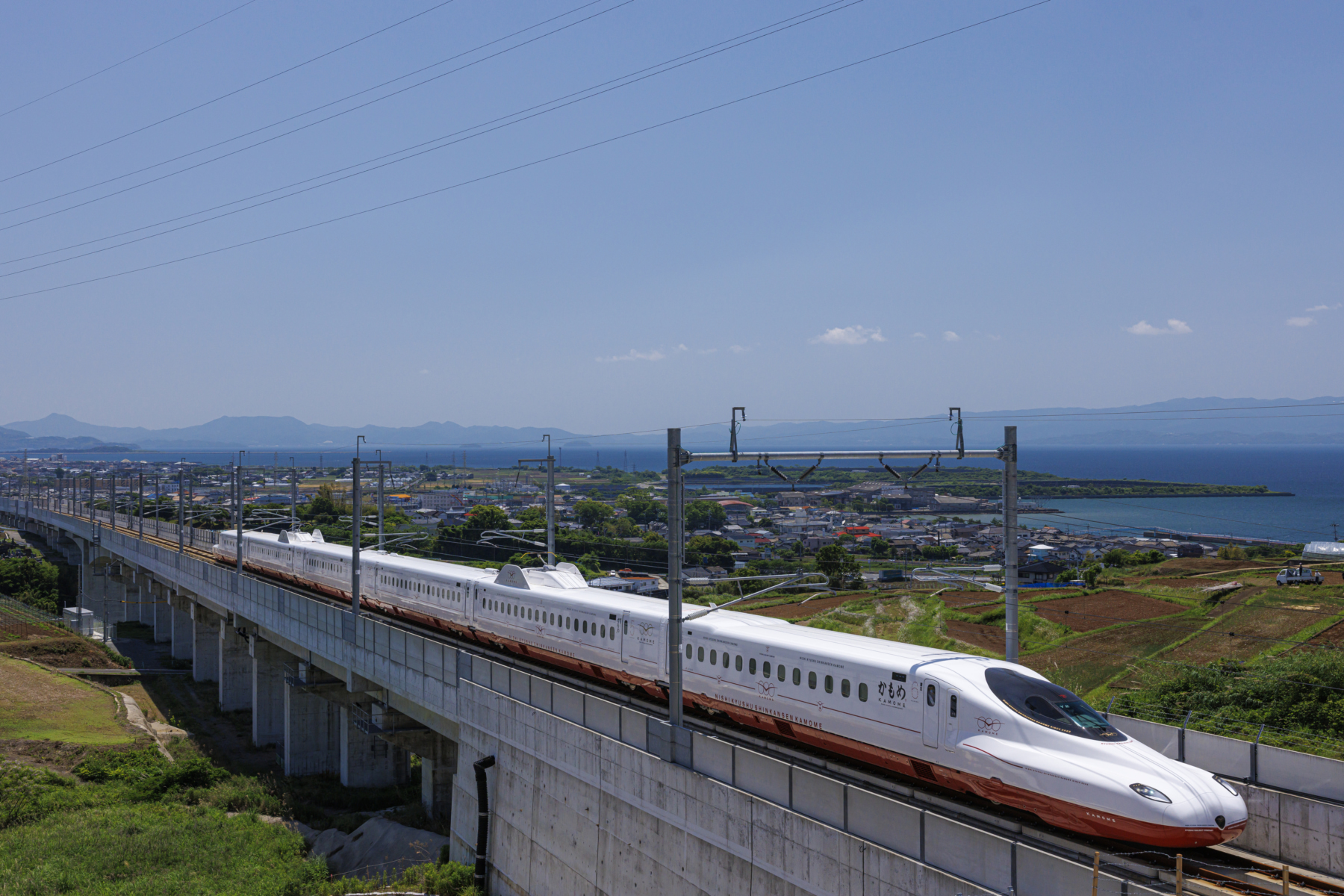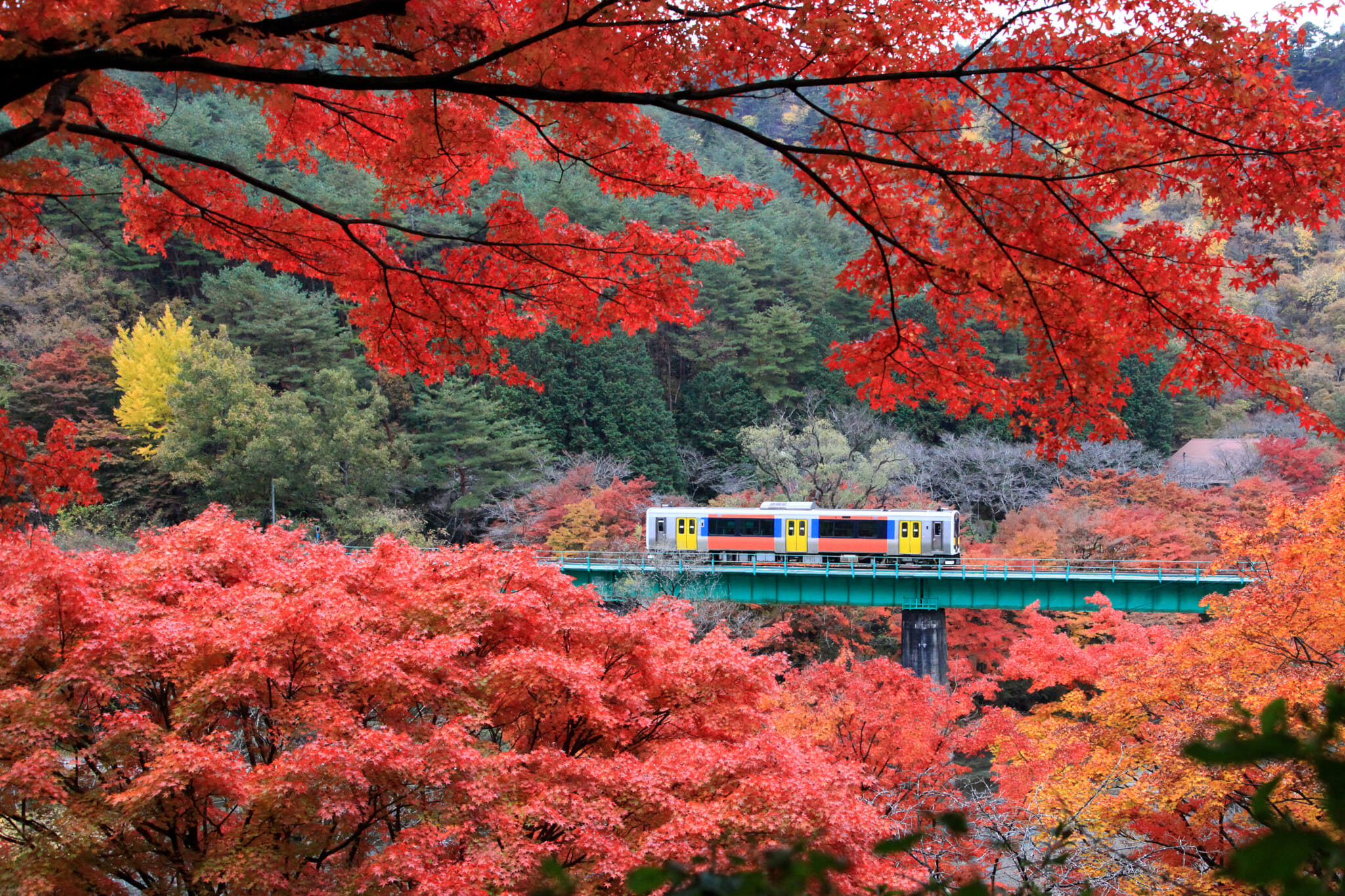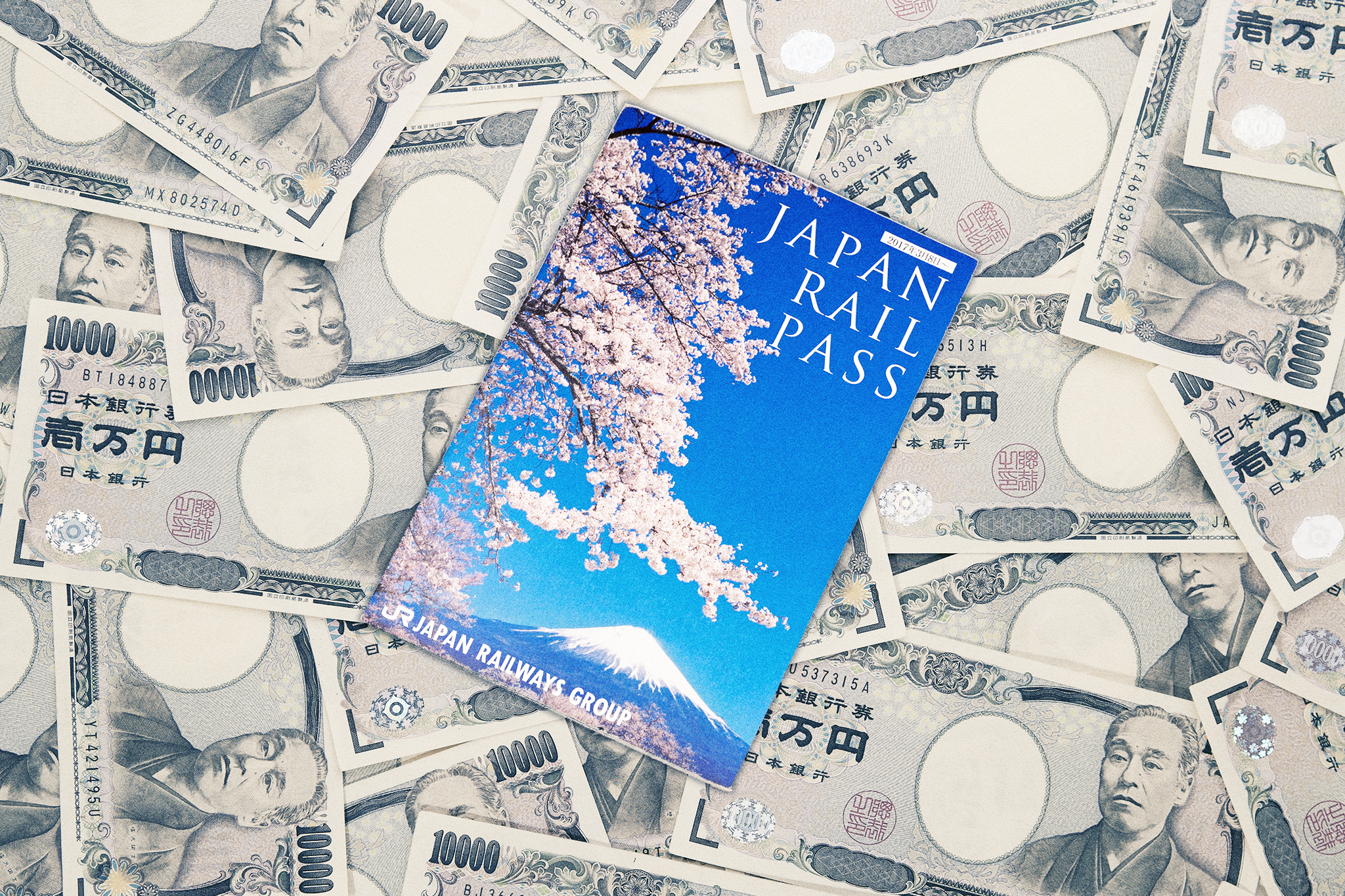As recovery from the pandemic labors on and Russia’s invasion of Ukraine continues to send economic shockwaves across the globe, inflation has become an inextricable facet of modern life. The price of more than 12,000 food items in Japan has increased or is expected to increase this year at an average of 16%. The Tokyo government made international headlines last year with entreaties to the public to wear turtlenecks at home to save money on energy bills. While the average price of a Tokyo condo hit a record high for the second straight year in 2022.
One of the biggest commercial price hikes of the year is that of the Japan Rail (JR) Pass. The multi-use ticket is available to non-residents only and provides full access to JR lines, including most of the Shinkansen trains. It currently comes in three basic forms: a seven-day pass for ¥29,650, a 14-day pass for ¥47,250 and a 21-day pass for ¥60,450. Travelers can elevate this to a green or business class pass at ¥39,600 for seven days, ¥64,120 for 14 days, or ¥83,390 for 21 days.
In a recent press release, however, Japan Railway Group announced that all base prices would see an increase of 69%. This means even the cheapest seven-day pass will cost ¥50,000 (US$368), around ¥20,000 more than a return trip from Tokyo to Kansai on the Shinkansen. The currently excluded Mizuho and Nozomi lines, traveling from Osaka and Tokyo to Kyushu, will be included in the restructured pass (with small supplemental charges), as will seat reservations through a dedicated website, tourist attraction discounts and the use of automatic ticket gates for pass users. The changes will come into effect in October 2023, but only for purchases — not usage — after the cut-off date.

Travelers React to the JR Rail Pass Price Increase
It’s fair to say the public response has been mixed.
Anne Sutherland-Smith, who runs the Japan Travel Planning Facebook group, believes the majority of travelers are “unlikely to get value out of the pass in its proposed form.”
“Group members were already quite price-sensitive, with many questions being asked about whether a Japan Rail Pass is worthwhile, and many calculations being conducted for various itineraries to work out the answer to this question,” she says. “Perhaps a better option would be for the pass to be restructured to enable a set number of days of flexible travel within a longer period.”
Cost-conscious traveler Cher Bench is already making itinerary changes upon hearing the news. The 37-year-old Texan plans to visit Japan in November; her first return trip since 2019.
“The JR Pass encourages me to take longer routes since the cost is already included. Traveling to Hiroshima and Miyajima makes sense with the pass,” she says. “But I would most likely skip this trip because of the cost in the future and choose areas closer to Kyoto and Tokyo with city or regional travel passes.”
Regional passes, like the five-day Kansai Wide Area Pass for ¥10,000 and the Okayama-Hiroshima-Yamaguchi Area Pass for ¥15,000, are starting to look like more appealing options. Especially as flying domestically is a much cheaper — if more carbon-intensive — method of traveling between regions than the Shinkansen.
Lara Thornberry, who’s traveling from Melbourne to Japan with her family next year, is also in two minds about the JR Pass.
“Even before the price increase, I was unsure about whether the pass would be good value for our family, mostly because we are in Japan for four weeks, staying between two and six nights in each place,” she says. “The consecutive-days nature of the pass doesn’t work as well for that type of itinerary.”

A Premium Product
For some travelers, however, such as Jonathan Kenneth, a 34-year-old based in San Francisco, who often works remotely from Japan, the JR Pass remains a good investment.
“I believe any reasonable person wants a good balance between cost and convenience, which the JR Pass provides,” he says. “It takes away the thinking because you pay a one-time fee to have unlimited Shinkansen rides, including many JR subway and rail lines. In most cases, the JR Pass takes you to any major tourist destination with zero or little out-of-pocket costs.”
Thierry Maincent, President of Japan Experience, suggests the price increase is down to several factors: mitigating overtourism, funding the Shinkansen’s new expansion and offsetting the low rate of the yen and global inflation. He also notes that the price of the JR Pass had barely changed since it was first released in 1981. An increase was, therefore, inevitable.
Japan Experience, a tour operator and travel agent, acts as a major reseller of the JR Pass and has provided candid advice on purchasing the ticket, alongside a comprehensive breakdown of the price increase.
“We always encourage people to carefully look into their itineraries and consider their travel costs to assess whether or not buying the JR Pass makes sense for them,” says Maincent.
But where once it was a “no-brainer” for most Japan Experience customers to utilize the pass, he says that people planning for trips after October are reassessing the benefits.
“The Japan Rail Pass is now becoming a premium product and this luxury will have a cost,” he adds. “Some travelers will be inclined to pay for it, some obviously won’t.”
Maincent would, however, still recommend it for travelers going beyond the Golden Route; heading to less-traveled areas of Japan, such as Shikoku and Chugoku; or planning side trips from the main cities, like to Nikko or Kamakura.
He also thinks it’s a good option for those who prioritize freedom and convenience: “It’s undeniable that unlimited travel provides a better overall customer experience of the Japan railway network.”









